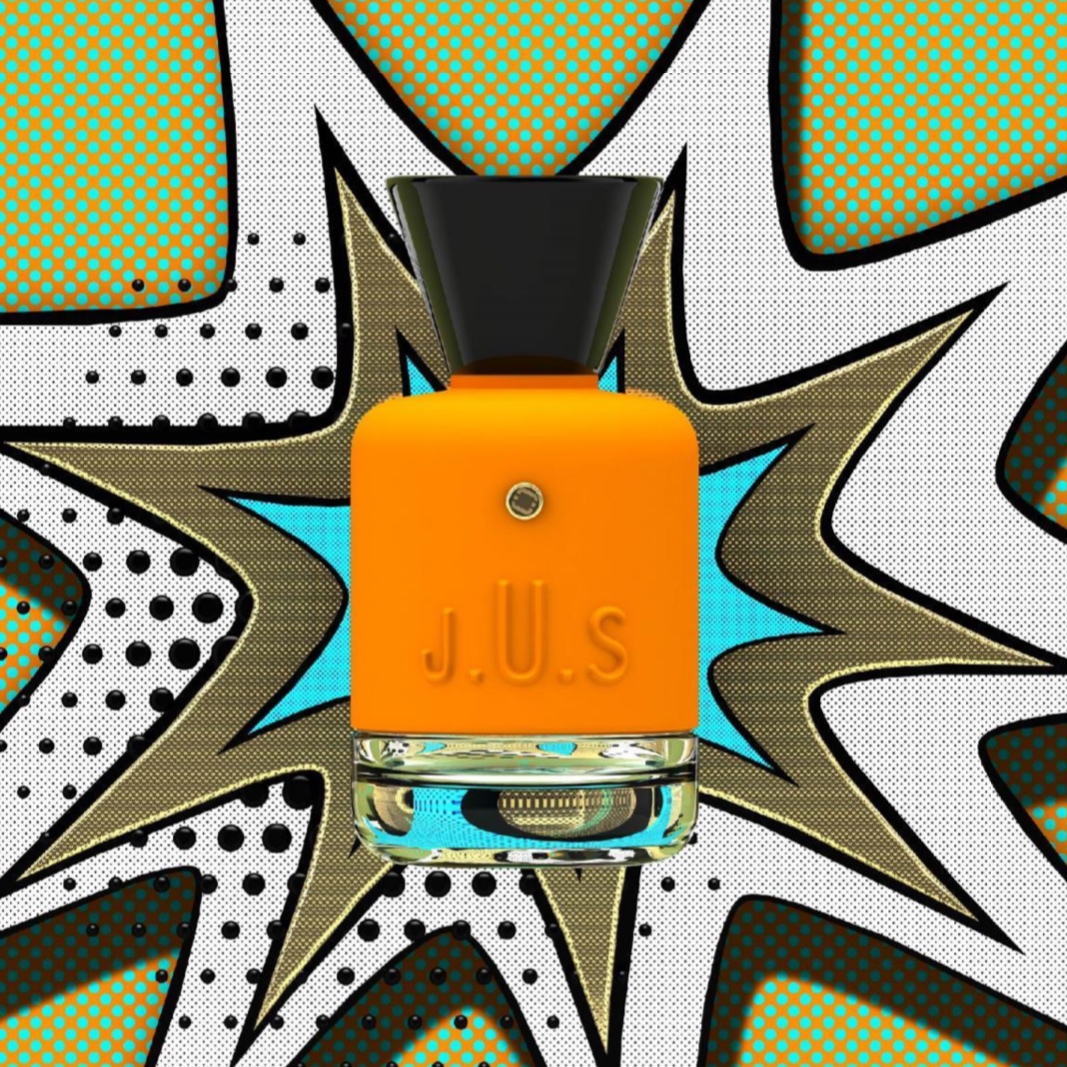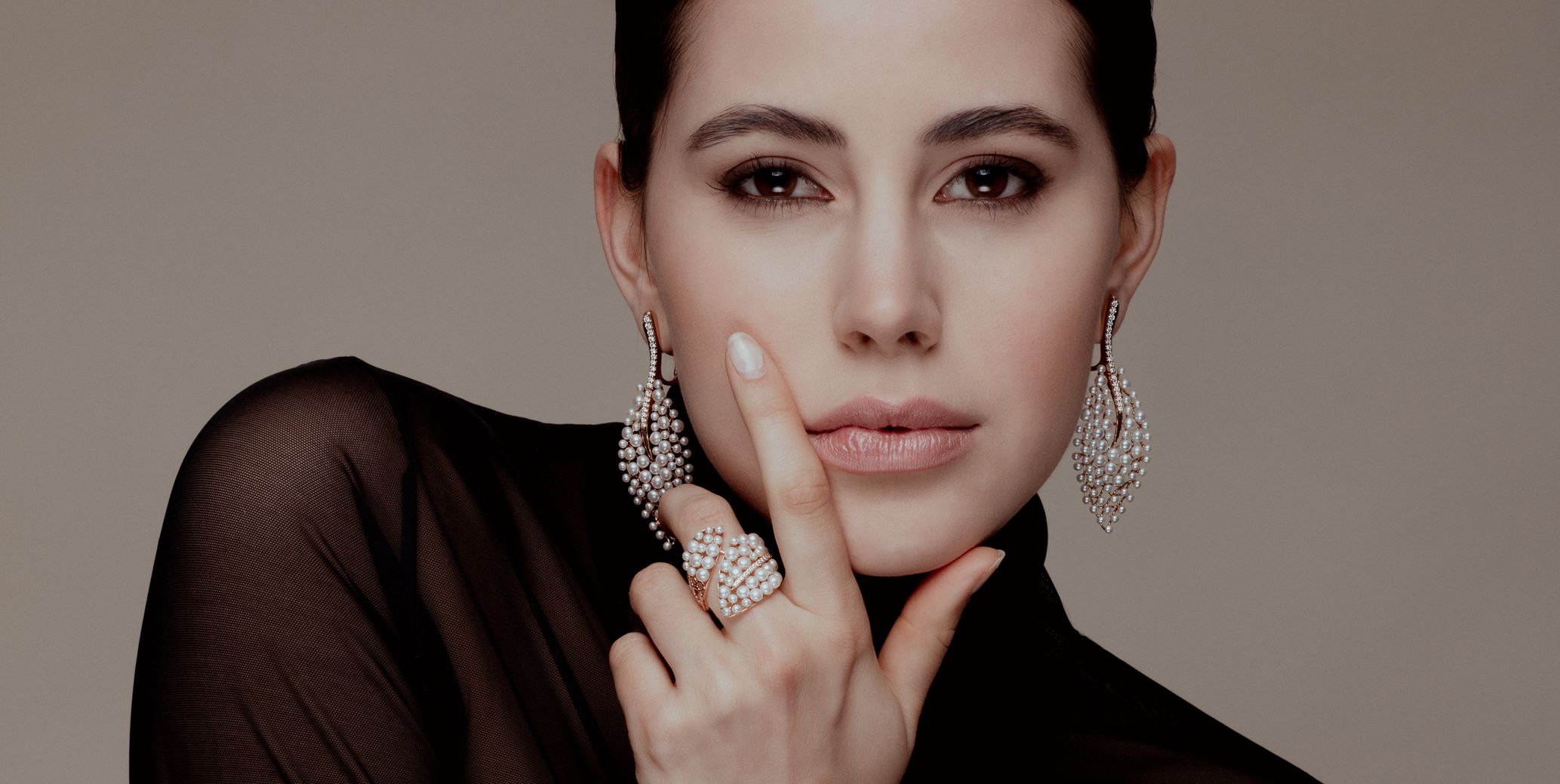Featuring an immersive space, the exhibition begins by plunging visitors into the world of pearl divers in the Persian Gulf and elsewhere.
A second exhibition area reveals all the creativity of leading jewellers, from jewels of imperial origin through to exceptional pearls and exclusive and historic pieces from the most prestigious private collections. They reflect the diversity of styles and fashions that have prevailed through the ages.

The exhibition journey ends on a scientific note, with a presentation of the history of pearl study since the last century organised with the support of the Swiss Gemmological Institute (SSEF). The presentation focuses on the essential differences between natural and cultured pearls. From Joseph Chaumet’s early experiments to the state-of-the-art techniques developed by our partner laboratory, the last section of the exhibition offers a comprehensive overview of the expert methods used to appraise the quality and origin of pearls from around the world.
As Ronny Totah, himself both an enthusiast and a specialist when it comes to natural pearls, says: “The perfect nature of natural pearls resides in their inherent imperfection, which makes each pearl unique, with its own size, shape, colour and sheen. Pearls can be round, oval, baroque, or even tear-shaped. They range in colour from pure white to dark black via a whole range of shades including pink, champagne and iridescent blue-green resembling insects’ wings”.
Marvellous Pearls
Pearls have been making quite a comeback in the world of jewellery over the past few years. Long seen as outdated or too traditional, this irresistible ball of mother-of-pearl is now inspiring a new generation of jewellers.
As an expression of wealth, prestige, and femininity, pearl jewels have weathered all ages, fashions and styles with unrivalled elegance. Constantly sublimated by the most daring jewellers, pearls have a very special place in the history of jewellery.

Photo © Nils Herrmann
The Pearl Odyssey retraces the story of pearls and their tradition. Through a selection of some thirty outstanding pieces from the greatest private and heritage collections alongside previously unseen projects and archive material, visitors can discover all the creativity and expertise developed around the oldest jewel of them all, and learn more about the science of pearls.
The Miracle of Pearls
Pearls are as marvellous as they are enigmatic. Whether by miracle or by accident, a pearl-producing shellfish forms a tiny concretion that it then surrounds with thin layers of mother-of-pearl. Eventually a natural pearl appears; its colour may range from bright white to dark black or shades of grey, blue, green or purple.
From Japan to South America and from Australia to Sri Lanka via the Mozambique Channel, oceans all over the world have been vital pearl diving grounds through the ages.

This jewel of the seas has been sought-after and admired for its beauty for millennia: the oldest pearl harvested by humans, over 8,500 years ago, was discovered in Mexico. In ancient China, pearls were given as offerings to the gods and sovereigns. In ancient times, they were a source of both wonder and amazement; their mysterious origins were the subject of many legends and beliefs. Mermaids’ tears, dragon’s spit, crystallised dewdrops… the mystery of where pearls came from fired the imaginations of peoples the world over.
In the days of the Roman Empire, the precious nature of pearls made them a symbol of luxury and fortune; they enjoyed their first golden age and became the jewel of choice among the elite. In the second century, Tertullian wrote that “People fish not for pearls, but for ambition”: wearing pearls was a way of asserting a certain social status.

Empress Marie-Louise’s ‘Gothic’ belt, c. 1811, Marie-Etienne Nitot: Gold, agate and natural pearls, in its original setting. Paris, Chaumet Collection.
Photo © Bruno Ehrs
For centuries, pearl divers risked their lives to retrieve these wonderful shellfish at depths of up to twenty, thirty, or even forty metres. In the Persian Gulf region, pearl diving made fortunes for many divers and traders. Harvesting pearl oysters continued using ancestral techniques into the early twentieth century.
Characterised by melody and song, pearl diving rituals are now an evocative heritage, inseparable from the history of pearl farming.
Pearls in the History of Jewellery
Noble and elegant, pearls have been a source of fascination for jewellers of all ages and civilisations. The oldest piece of pearl jewellery, a three-row necklace of 216 pearls, was discovered in Iran in 1901. It belonged to a Persian princess who lived over 2,500 years ago.
From Catherine de Medici to Empress Eugénie, natural pearls have adorned the most powerful and influential women.

The Renaissance marked a new golden age of pearls. It was a time of exuberance, with pearls reigning supreme in jewellery sets, gracing crowns, and their gleam embroidered into all sorts of clothes.
In the nineteenth century, this unbridled passion awoke once again, with the elegance of mother-of-pearl rated more highly than the sparkle of diamonds. It was during this period that the most fabulous jewels were produced. The iconic pearl necklace re-emerged in outsize versions in the form of sautoir necklaces and chokers. Wearing a single row of pearls was out: wearing three, five or even seven was in! Symbolising love and fertility, pearls became the obligatory engagement gift.
Feminine and sensual, pearls were a permanent feature in the twentieth century. The greatest names in jewellery devised a whole host of pieces of unparalleled beauty and originality: brooches, stomachers, bracelets, veil pins, rings, earrings and more.
The likes of Chaumet, Cartier, and Vever reinvented the art of pearl jewellery, investigating all the avenues of creativity opened up by the many different forms of pearl. Round and pear-shaped pearls would be used as a central feature, or as regular detailing to add balance to a piece. The relevant expertise became more complex; pearls were used in meshes and lacework. Baroque pearls often inspired the most extravagant of designs. Their irregularities proved to be a limitless source of inspiration for jewellers, who transformed them into fantastic creatures and plants during the Romantic period.
Spanning Art Nouveau, the Roaring Twenties and Art Deco, pearls constantly moved with the times, sublimated in all manner of ways by the most daring jewellers.
The Science of Pearls

Ph. © Katharina Faerber
While William Saville-Kent is known to have grown a pearl in Australia, the birth of cultured pearls is usually held to date back to the end of the nineteenth century in Japan.
In 1893, Kokichi Mikimoto created a first specimen by deliberately introducing a foreign body into the oyster to serve as a nucleus. The mollusc’s immune system would then secrete mother-of-pearl around this, producing a pearl. However, it was not until 1905 that a process allowing perfectly spherical cultured pearls began to be developed. This discovery marked the beginnings of pearl farming.
When this new type of pearl appeared on the market, it was a source of both curiosity and suspicion. Did it share all the properties of natural pearls formed without any human intervention? This entirely new problem captivated the world of jewellery, sparking a keen interest in the scientific study of pearls.

In 1922, Joseph Chaumet examined the new pearls from Japan in his gemmology lab and attempted to find ways of distinguishing natural and cultured pearls. His research formed the foundations of pearl classification. Today, this expertise has become formalised, with the creation of recognised terminology allowing pearl-forming shellfish and their production to be classified.
Laboratory analysis is a vital stage in assessing the quality of a pearl and determining its origin. The Swiss Gemmological Institute (SSEF) has become established as one of the world’s international benchmarking laboratories for this speciality. Since 1972, it has been committed to research, education, and training of leading experts. SSEF also offers training courses open to all professionals and amateur enthusiasts seeking to specialise in the expert appraisal of natural pearls, cultured pearls and freshwater pearls.
The exhibition has been made possible through the support of Chaumet, the Flee Project collective, SSEF and a private collection, the collaboration of partner exhibitors Joseph Gad, Faerber Collection, Horovitz & Totah, Ocean Flame, Nicolas Torroni (non-exhaustive list), and thanks to partnerships with Autre Idée design agency, Lumens8, Ferrari, Anglo-belge and Hofer Antikschmuck.

1950’s black and white natural pearl ring, mounted with diamonds on platinum, by Ruder, Berlin. Faerber Collection. Photo © Katharina Faerber
About GemGenève
GemGenève is a unique hub where jewellery designers, dealers in precious stones, retailers, collectors, connoisseurs and buyers both professional and private can all gather under the same roof. Over the course of four days, GemGenève offers an opportunity to acquire exceptional pieces and be inspired by a community of specialists in the field of gemmology and jewellery. It’s a laboratory of creativity and innovation, bringing together recognised designers and emerging talents; a world of design, rare gems, and antique and contemporary jewellery. Created by exhibitors, GemGenève offers a platform for expression and exchange that encompasses passion, expertise and education.
For more information, please visit https://gemgeneve.com/ and https://www.instagram.com/gemgeneve/.






